Are you still using Excel for managing your projects? If yes, you’re likely facing challenges like a lack of real-time collaboration, limited task management capabilities, and difficulty tracking progress.
Project management software outperforms Excel with features like centralized file storage, automated notifications, robust reporting, and mobile access.
Ditch the spreadsheet hassles and embrace modern project management tools to streamline workflows, boost productivity, and drive successful project outcomes. Read on to know why it’s time to upgrade from Excel.
Key Takeaways:
- Excel lacks real-time collaboration, slowing down project updates and teamwork efficiency.
- Excel fails to provide advanced task management features such as dependencies and progress tracking, making it less suitable for complex projects.
- Excel’s limitations include poor file sharing, risk of data loss, and lack of mobile access, hindering project management in today’s dynamic environments.
- Modern PM tools offer solutions to Excel’s limitations with features like automated notifications, centralized file storage, and robust analytics for improved efficiency and decision-making.
- Addressing Excel’s shortcomings, Onethread provides real-time collaboration, advanced task management, and mobile access, making it an effective tool for modern project management needs.
The Limitations of Excel in Modern Project Management
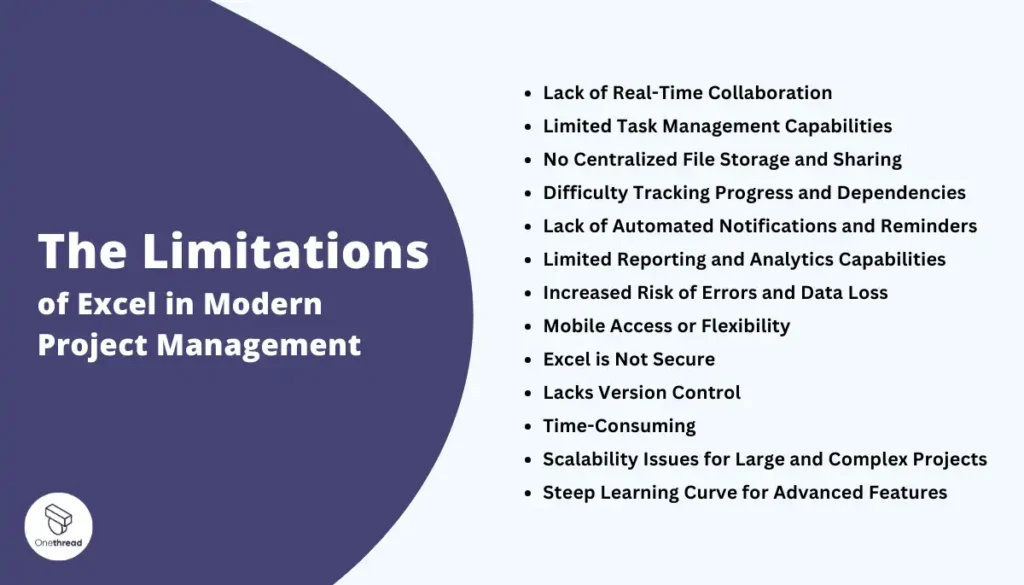
Excel has been a go-to tool for project management for years, but as project demands grow, its limitations become more apparent. Here are key issues with using Excel in modern project management:
1. Lack of Real-Time Collaboration
Using Excel for project management means your team can’t work together in real time. Only one person can update a spreadsheet at a time, which slows things down.
Newer project management tools let everyone make changes at the same time, keeping the project moving fast and everyone on the same page. Excel doesn’t have this feature, making it harder for teams to stay updated and work efficiently together.
2. Limited Task Management Capabilities
Excel’s limited task management capabilities make it ill-suited for modern project management. Unlike dedicated tools, Excel lacks features like task dependencies, automated reminders, and progress tracking. In a spreadsheet, you can’t easily break down complex tasks into subtasks, assign them to team members, or visualize the critical path.
Project managers often struggle to prioritize tasks, manage workloads, and identify bottlenecks. Collaboration is also a challenge, as team members can’t seamlessly update task statuses or share feedback.
With a project management tool, you get advanced task management features that allow you to plan, organize, and execute projects efficiently, ensuring timely delivery and successful outcomes.
3. No Centralized File Storage and Sharing
In project management, seamless file sharing and a centralized repository are crucial for collaboration and accessibility. Excel falls short here, as it lacks a dedicated space to store and share project files securely. Team members often resort to emailing attachments or using disparate storage solutions, leading to version conflicts and lost files.
Project management software provides a centralized file storage system, allowing teams to upload, access, and collaborate on files from a single location. This streamlines workflows eliminates redundancies and ensures everyone works with the latest file versions.
4. Difficulty Tracking Progress and Dependencies
Effective project management involves tracking task progress and managing dependencies. In Excel, visualizing the critical path and understanding how tasks impact each other is challenging.
You can’t easily identify bottlenecks or potential delays that could derail the project timeline. Project management tools offer robust progress-tracking features, including Gantt charts and dependency management. These enable you to monitor task statuses, visualize the project’s critical path, and promptly address any roadblocks, ensuring timely completion.
5. Lack of Automated Notifications and Reminders
In a fast-paced project environment, manual follow-ups and reminders can be time-consuming and prone to oversight. Excel lacks automated notification and reminder capabilities, making it easy to miss important deadlines or updates.
Project management software sends automated notifications and reminders to keep team members informed about task assignments, due dates, and project milestones. This proactive approach ensures everyone stays on track and reduces the risk of missed deadlines or miscommunication.
6. Limited Reporting and Analytics Capabilities
Data-driven decision-making is essential for successful project management, but Excel’s reporting and analytics capabilities are limited. Creating comprehensive reports or visualizing project metrics can be cumbersome and time-consuming.
Project management tools offer robust reporting and analytics features, providing real-time insights into project performance, resource utilization, and potential risks. With customizable dashboards and pre-built reports, you can quickly analyze data and make informed decisions to optimize project outcomes.
7. Increased Risk of Errors and Data Loss
When you use Excel for managing projects, it’s easy to make mistakes. Typing in the wrong cell or deleting something by accident can mess up your whole project plan.
Plus, if you forget to save your work or your computer crashes, you could lose all your data. Project management tools are designed to reduce these risks by automatically saving changes and keeping everything organized.
8. Mobile Access or Flexibility
Excel isn’t great on phones or tablets. This means you can’t easily check your project or make updates when you’re away from your computer. Modern project management software works well on all devices, letting you stay connected and make changes wherever you are.
9. Excel is Not Secure
As a desktop application, Excel lacks robust security features essential for project management in today’s collaborative and remote work environments. Data stored in Excel files is vulnerable to unauthorized access, accidental modifications, or loss due to device failures or human errors.
Excel has limited access controls, and audit trails, making it challenging to maintain data integrity and comply with industry regulations or data privacy laws. Sensitive project information can be easily shared or distributed without proper safeguards, posing significant risks to data confidentiality and intellectual property protection.
10. Lacks Version Control
Excel lacks a robust version control system, making it difficult to track changes, review historical versions, or merge contributions from multiple team members working on the same file.
This limitation can lead to data inconsistencies, conflicts, and potential loss of critical project information. Without proper version control, it becomes challenging to maintain an accurate audit trail, comply with regulatory requirements, and ensure accountability in collaborative project management environments.
11. Time-Consuming
Managing projects in Excel can be time-consuming and prone to errors, especially as project complexity increases. Creating and maintaining manual updates, formulas, and data validations across multiple spreadsheets can be tedious and error-prone.
Generating reports, tracking dependencies, and consolidating data from various sources often require significant manual effort, which can hinder productivity and introduce data inaccuracies. Additionally, Excel’s limited automation capabilities make it challenging to streamline repetitive tasks and optimize project management workflows.
12. Scalability Issues for Large and Complex Projects
Excel can get really slow and hard to use when you have a big project with lots of tasks and information. It’s not built to handle large projects that grow over time. Project management tools, on the other hand, are made to easily manage big, complex projects without slowing down.
13. Steep Learning Curve for Advanced Features
Learning how to use all the advanced features in Excel can be tough. It takes a lot of time and effort to become good at making complex formulas and using special tools. Project management software is usually easier to learn and designed to help you get your work done faster without needing to be an expert.
Benefits of Using a Project Management Tool
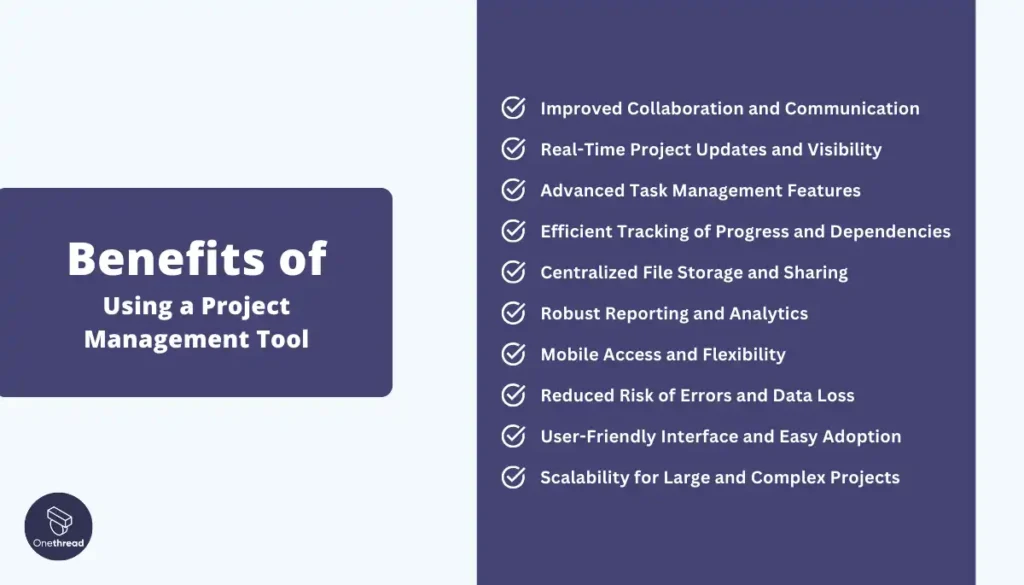
Switching to a project management tool offers several benefits over traditional methods like Excel. These tools provide a comprehensive solution to manage your projects more effectively.
Improved Collaboration and Communication
Using a project management tool helps your team talk and work together better. It’s like having a digital place where everyone can share ideas, update work, and see what others are doing, all at the same time.
This means no waiting for someone else to finish before you can do your part. Everyone stays in the loop with messages and updates, making it easier to work together. Plus, you can quickly fix any mix-ups because you’re all working from the same page.
Real-Time Project Updates and Visibility
With a project management tool, you can see what’s happening in your project right now, just like watching a live sports game. No need to wait for someone to tell you what’s going on.
You can look at the tool and see who’s doing what, which tasks are done, and what needs to be worked on next. It’s like having a map that shows you where everything is and where it needs to go, helping everyone stay on track and work better together.
Advanced Task Management Features
Project management tools let you break big projects into smaller tasks. You can set due dates, assign people, and check off tasks when they’re done. It’s like having a smart to-do list that helps everyone know what to work on.
Efficient Tracking of Progress and Dependencies
You can see how your project is moving and understand which tasks depend on others. It’s like watching a puzzle come together, knowing exactly what piece goes where for everything to work out.
Centralized File Storage and Sharing
Imagine having one big folder online where your team can keep and find all project files. No more emailing documents back and forth or losing important info. Everything’s in one spot, safe and sound.
Robust Reporting and Analytics
These tools can automatically make reports showing how your project is doing. It’s like having a smart helper that tells you what’s going well and what needs attention, helping you make better decisions.
Mobile Access and Flexibility
With project management software, you can check on your projects from anywhere using your phone or tablet. It’s perfect for when you’re on the go and need to stay updated or make quick changes.
Reduced Risk of Errors and Data Loss
Project management tools keep your work safe and sound. They save your changes as you go, so if your computer crashes, your project doesn’t disappear. Plus, these tools help you avoid mistakes by guiding you and checking your work, making it less likely for errors to sneak in.
User-Friendly Interface and Easy Adoption
These tools are made to be easy to use. They come with clear instructions and a simple layout, so you don’t have to be a tech wizard to get started. This means you and your team can start working on projects faster, without the headache of learning something super complicated.
Scalability for Large and Complex Projects
As your project grows, project management tools grow with it. They can handle tons of tasks and information without getting slow or confusing. This makes them perfect for big projects that would be too much for simpler programs like Excel.
Choosing the Right Project Management Tool
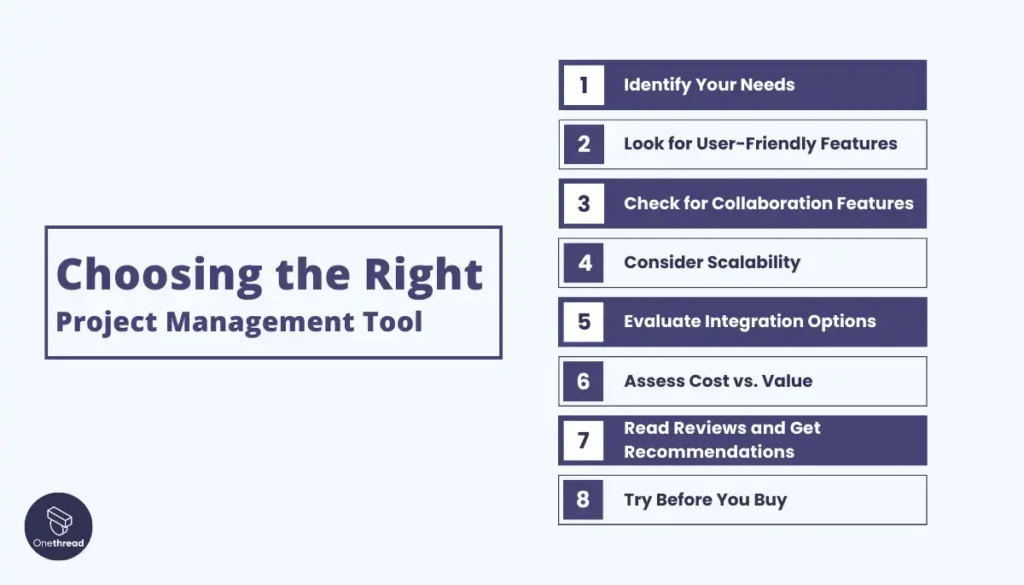
Choosing the right project management tool can feel like picking the best ice cream flavor—there are lots of options, and you want to pick the one you’ll enjoy the most. Here’s how to make that choice easier:
1. Identify Your Needs
Think about what your team really needs. Do you guys share lots of files? Do you need to see who’s doing what? Make a list of the most important things your team needs to work better together.
2. Look for User-Friendly Features
Pick a tool that’s easy to use. It should be simple to learn, so you can start using it right away without having to be a computer genius.
3. Check for Collaboration Features
A good project management tool lets everyone work together easily. Look for one where you can chat, share updates, and work on tasks all in the same place.
4. Consider Scalability
Choose a tool that can grow with you. As your projects get bigger, you’ll want a tool that can handle more tasks and team members without getting all slow and clunky.
5. Evaluate Integration Options
Find out if the tool works well with other apps you use. This makes your work smoother when you can connect all your tools together.
6. Assess Cost vs. Value
Think about what you get for the price. The cheapest option isn’t always the best if it doesn’t do everything you need. Sometimes, paying a little more means getting a lot more value.
7. Read Reviews and Get Recommendations
See what other people think about the tool. Reviews and recommendations can give you a heads-up on what’s great and what’s not so great before you decide.
8. Try Before You Buy
If you can, test the tool first. Many tools offer free trials, so you can see if it’s a good fit for your team without spending money right away.
Picking the right project management tool is all about finding the one that makes your team’s work easier and more fun, just like choosing the perfect ice cream flavor to enjoy on a sunny day!
Best Project Management Software
Looking for a project management solution that stands out? Consider Onethread. It’s designed for startups and small companies, offering a user-friendly platform that simplifies project planning and team collaboration.
With its web and mobile apps for iOS, Android, Windows, and Mac, Onethread is accessible anywhere, providing a comprehensive suite of tools for effective project management. Its affordable pricing and robust feature set make it an excellent choice for businesses seeking an all-in-one solution to enhance productivity and collaboration.
Excel, while a traditional choice for project management, faces limitations in modern, dynamic work environments. Onethread emerges as a superior alternative, directly addressing Excel’s drawbacks with its innovative features.
Real-Time Collaboration
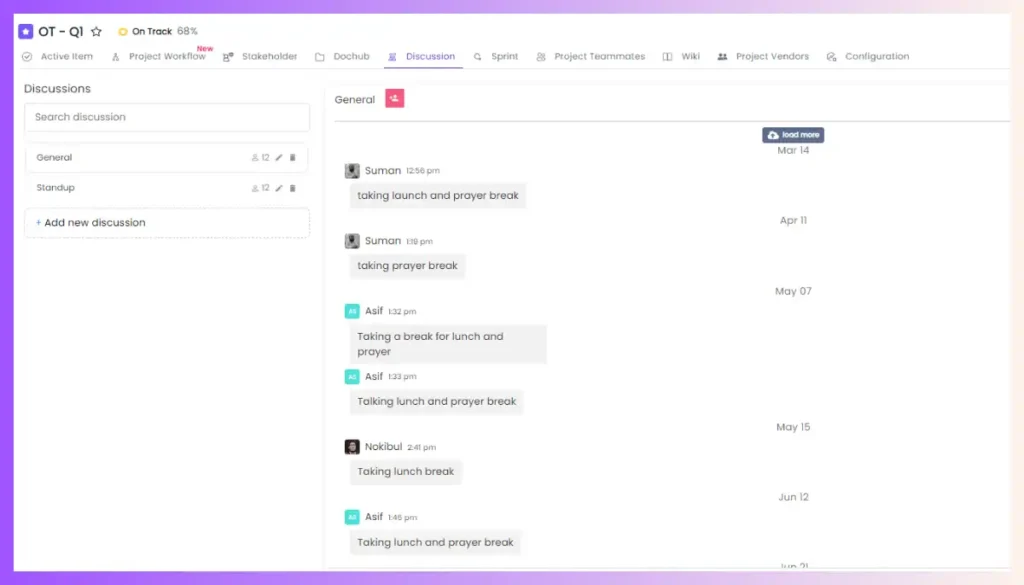
Onethread offers real-time collaboration, unlike Excel. This allows entire teams to update projects simultaneously, improving efficiency and keeping everyone on the same page.
Advanced Task Management
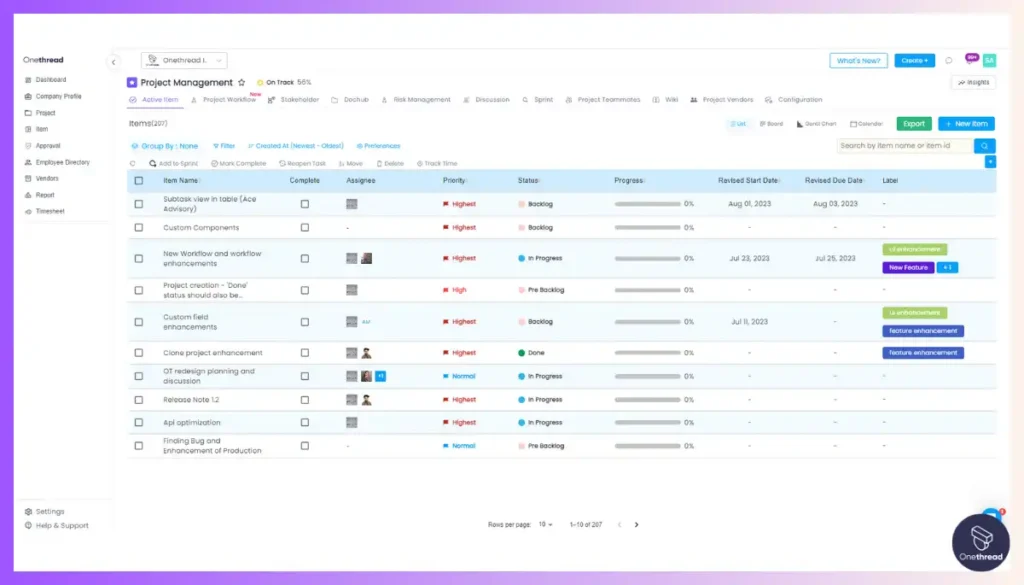
With features like task dependencies and progress tracking, Onethread significantly surpasses Excel’s basic task management capabilities. This enables better planning, organization, and execution of complex projects.
Centralized File Storage
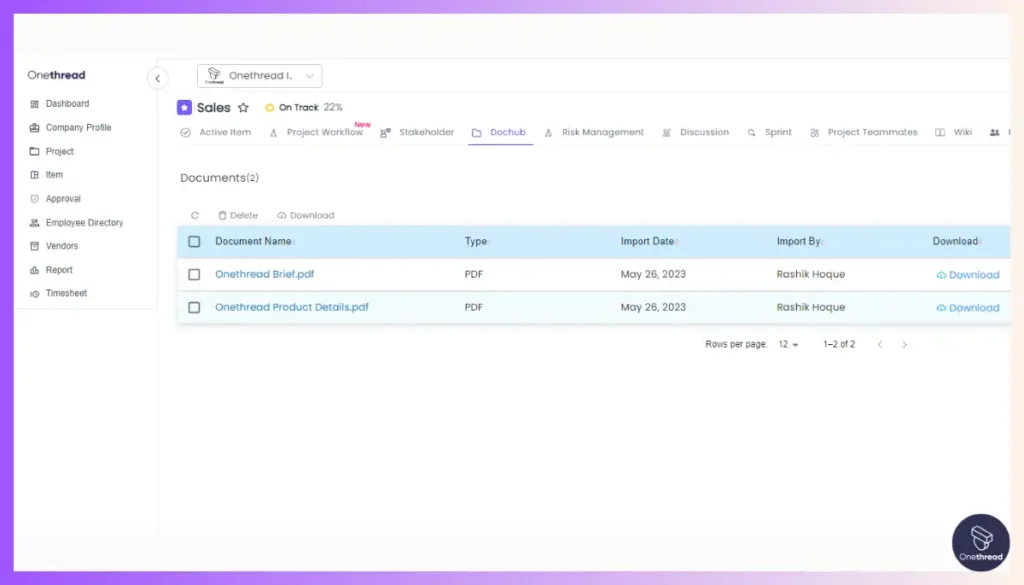
Unlike Excel, Onethread provides a secure, centralized location for file storage and sharing. This ensures that team members have access to the latest versions of documents, reducing the risk of data loss and version conflicts.
Effective Progress Tracking
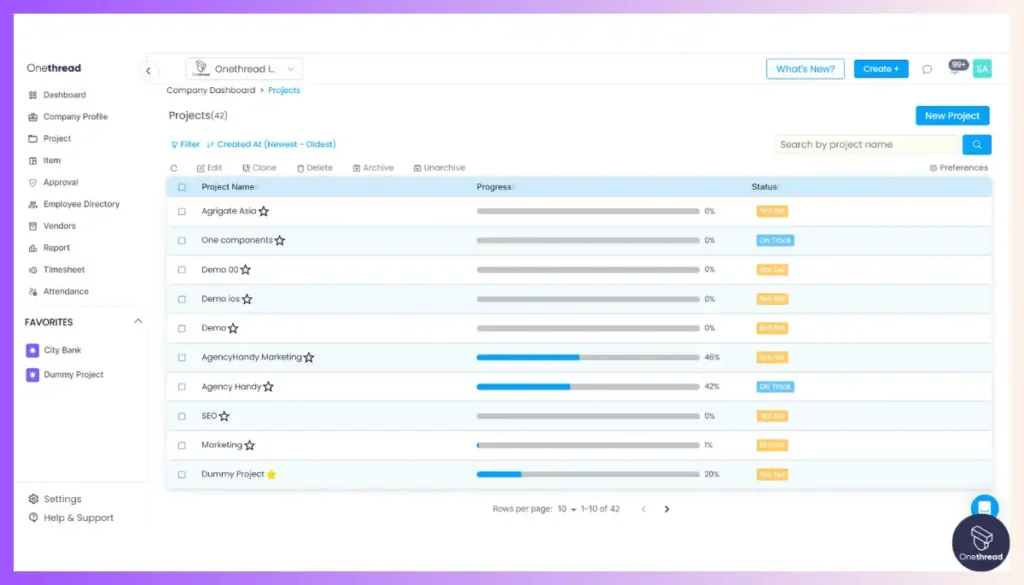
Onethread facilitates effective project progress tracking with tools like Gantt charts. This visibility is not easily achieved in Excel, allowing teams to quickly identify and address potential delays.
Automated Notifications and Reminders
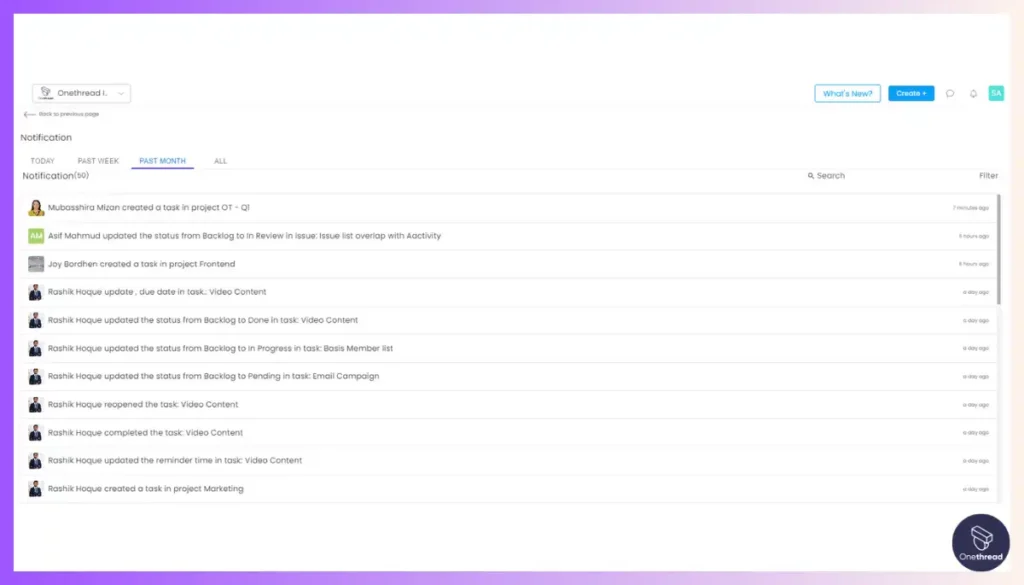
The platform eliminates the need for manual follow-ups through automated notifications and reminders, addressing one of Excel’s significant limitations and keeping teams informed about crucial deadlines and updates.
Robust Reporting and Analytics
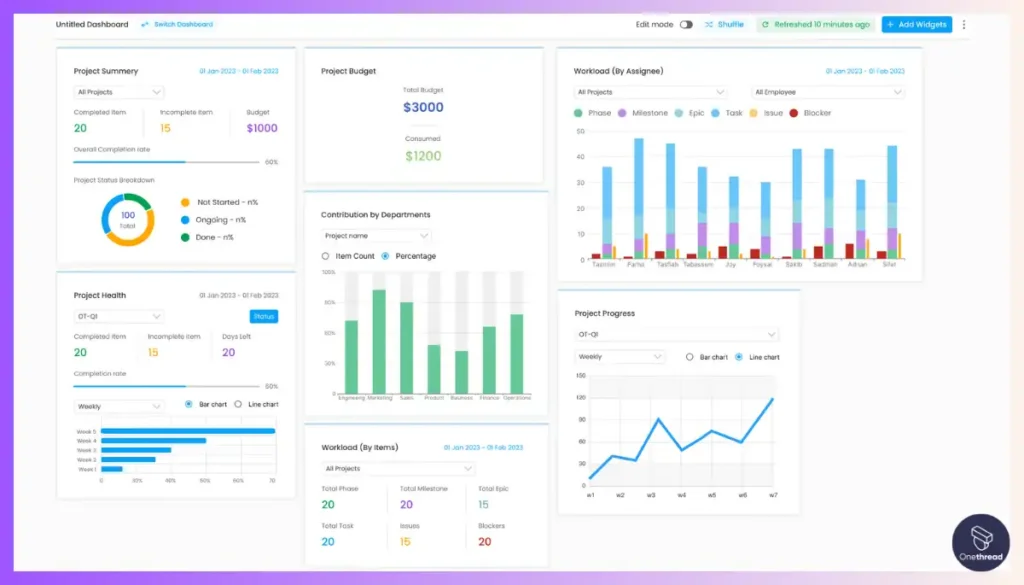
Offering advanced reporting and analytics, Onethread provides valuable insights into project performance, something that Excel’s limited capabilities cannot match. Customizable dashboards and reports enable data-driven decision-making.
Mobile Access and Flexibility
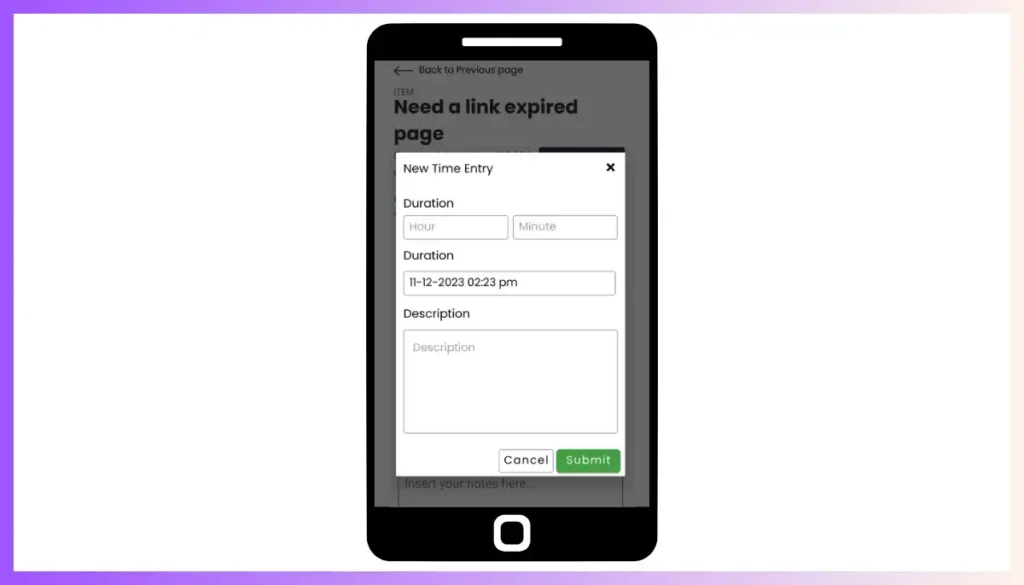
Onethread’s mobile-friendly design ensures that project management is accessible anywhere, unlike Excel, which is less optimized for mobile use. This flexibility is essential for teams that need to stay connected and responsive.
User-Friendly and Scalable
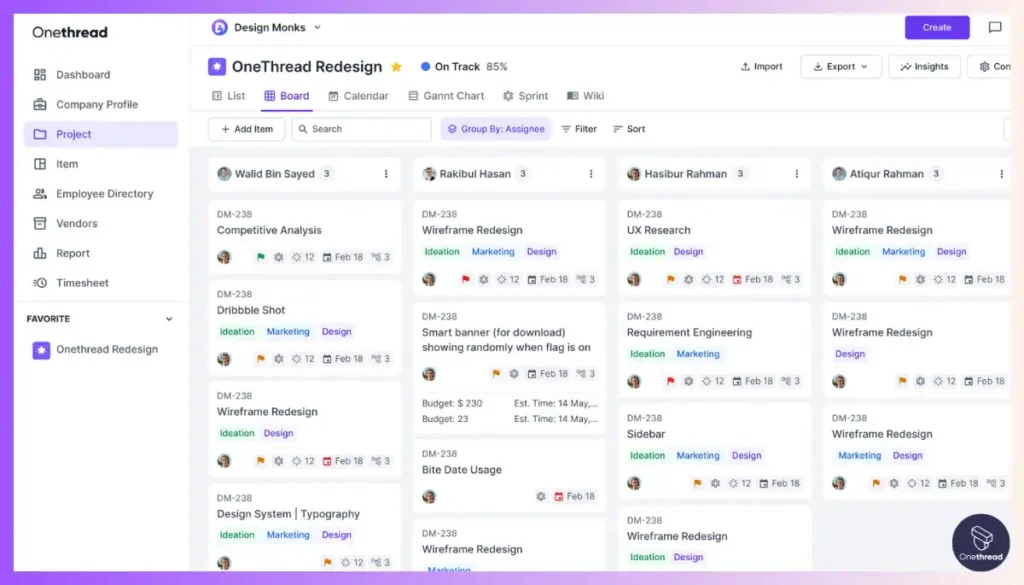
Designed to be intuitive and scalable, Onethread addresses Excel’s complexity and performance issues in managing large projects. Its affordable pricing and user-friendly interface make it an excellent choice for businesses of all sizes.
Onethread stands out as a superior alternative to Excel by directly solving its limitations through innovative features. It enhances collaboration, task management, file sharing, and progress tracking, and provides robust analytics, making project management more efficient and effective for modern teams.
[INSERT_ELEMENTOR id=”12410″]
How to Transition from Excel to a Project Management Tool
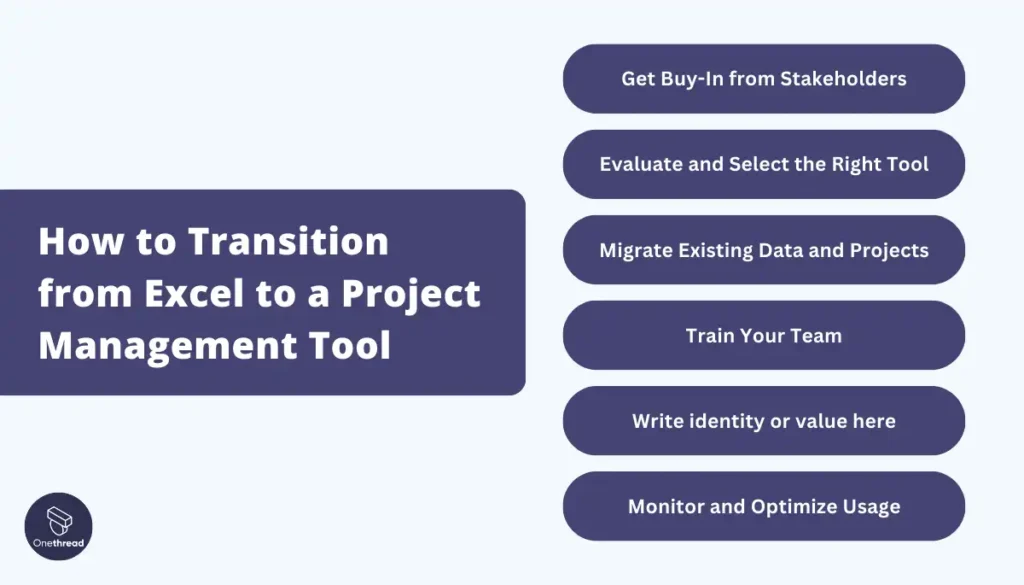
Transitioning from Excel to a project management tool streamlines your workflow and enhances collaboration. Start by choosing a tool that fits your team’s needs, then import your Excel data into the new software. Provide training for your team to ensure smooth adoption, and take advantage of the tool’s features to boost productivity.
Get Buy-In from Stakeholders
Transitioning from Excel to a project management tool requires getting buy-in from all stakeholders involved. Start by explaining the limitations of using Excel and how a dedicated tool can streamline processes, improve collaboration, and boost productivity.
Highlight the benefits that each stakeholder group will enjoy, such as real-time visibility for executives, efficient task management for team members, and centralized file storage for everyone.
Address any concerns they may have, such as data security or the learning curve. Involve stakeholders in the evaluation and selection process to ensure their needs are met. Once everyone is on board, you’ll have a smoother transition and better adoption of the new tool.
Evaluate and Select the Right Tool
With numerous project management tools available, evaluating and selecting the right one is crucial. Start by assessing your team’s specific needs, such as the number of users, project complexity, and required features.
Research different tools and create a shortlist based on factors like ease of use, integrations, and pricing. Involve stakeholders in the evaluation process and, if possible, request demos or trials to test the tools hands-on. This will help you make an informed decision and choose a tool that aligns with your team’s workflows and requirements.
Migrate Existing Data and Projects
Once you’ve selected a project management tool, the next step is to migrate your existing data and projects seamlessly. Most tools offer import options to facilitate data transfer from Excel or other sources. Ensure you understand the import process and map your data correctly to avoid any loss or corruption.
Consider starting with a pilot project to test the migration process before moving all your projects. Involve team members in the migration to ensure smooth adoption and address any issues promptly.
Train Your Team
Effective training is crucial for successful tool adoption. Provide comprehensive training sessions to help your team understand the tool’s features, navigation, and workflows. Encourage hands-on practice and create documentation or video tutorials for future reference.
Identify power users or champions within the team who can assist others and address queries. Regular training sessions and refreshers will help reinforce the learning and ensure everyone stays up-to-date with new features or updates.
Establish Processes and Workflows
To maximize the benefits of your project management tool, establish clear processes and workflows tailored to your team’s needs. Define roles, responsibilities, and access levels for different stakeholders.
Set standards for task creation, updating, and reporting to maintain consistency. Leverage the tool’s features, such as templates, automation, and customization, to streamline processes further. Regularly review and refine these processes based on feedback and evolving project requirements.
Monitor and Optimize Usage
Continuous monitoring and optimization are key to ensuring effective tool usage and maximizing its potential. Regularly review usage metrics, such as adoption rates, feature utilization, and user feedback. Identify areas for improvement or additional training needs.
Encourage open effective communication and gather feedback from team members to address pain points or implement enhancements. Stay updated with new tool features or updates and leverage them to optimize workflows further. Ongoing monitoring and optimization will help you derive maximum value from your project management tool investment.
FAQs
Do project managers use Excel a lot?
Yes, project managers often use Excel for its flexibility in tracking tasks, budgets, and schedules. It’s popular for its availability and familiar spreadsheet format for organizing project information.
Why is Onethread better than Excel?
Onethread surpasses Excel in project management with real-time collaboration, advanced task management, centralized file storage, mobile access, and automated features, enhancing efficiency and teamwork in modern work environments.
Do companies still use Excel?
Yes, many companies continue to use Excel for its versatility in data analysis, budgeting, and simple project tracking due to its widespread availability and familiar interface.
Final Thoughts
Ditching Excel for a dedicated project management tool is a game-changer. These tools offer real-time collaboration, advanced task management, centralized file storage, and powerful analytics, everything you need to streamline workflows and drive project success.
By embracing modern project management solutions, you’re setting your team up for improved efficiency, communication, and overall productivity. It’s time to make the switch and watch your projects thrive.
